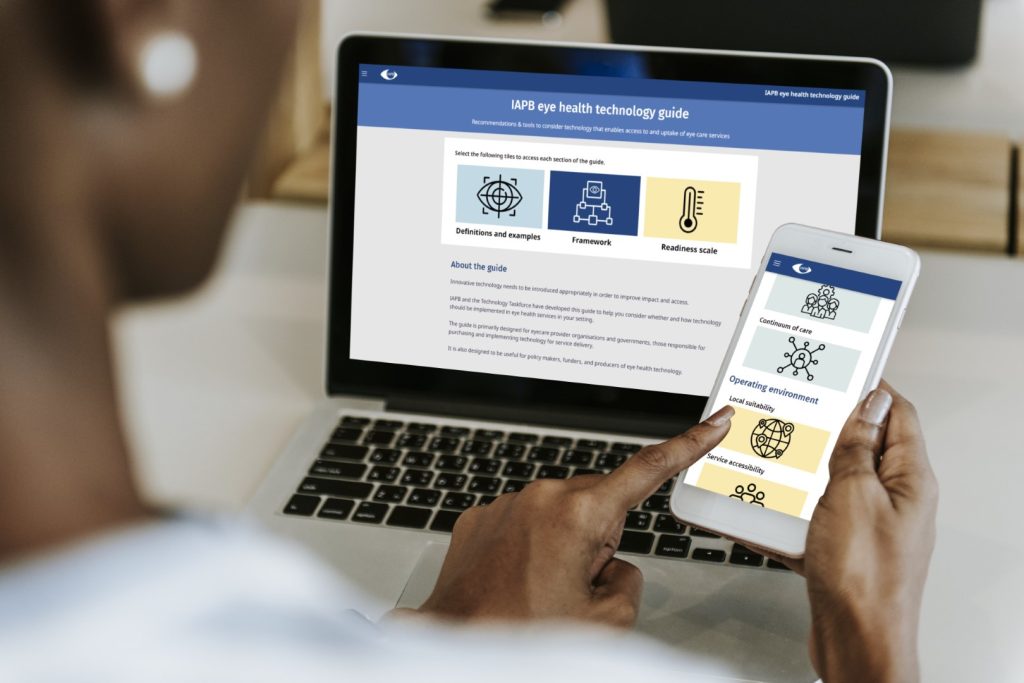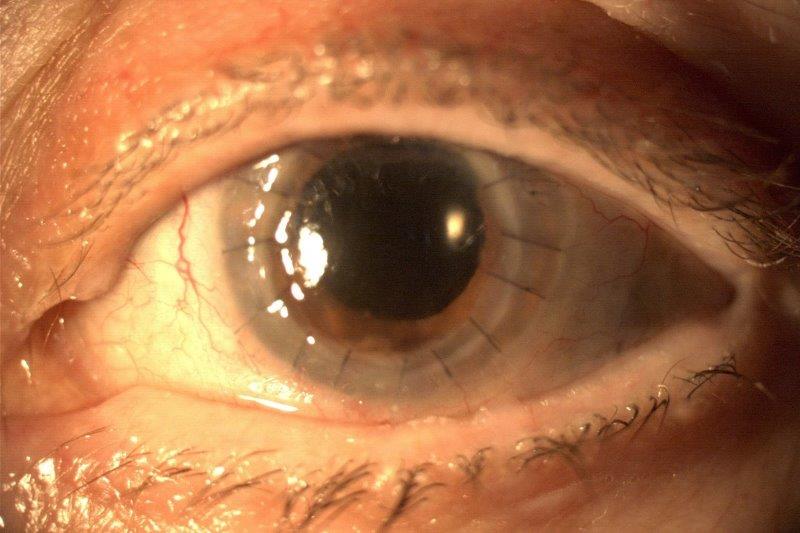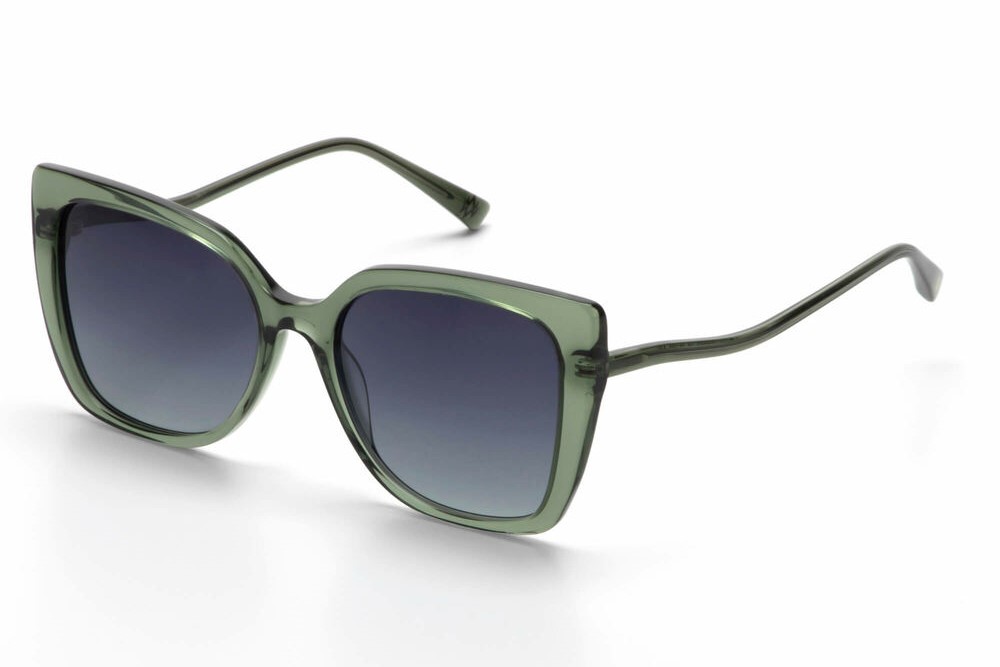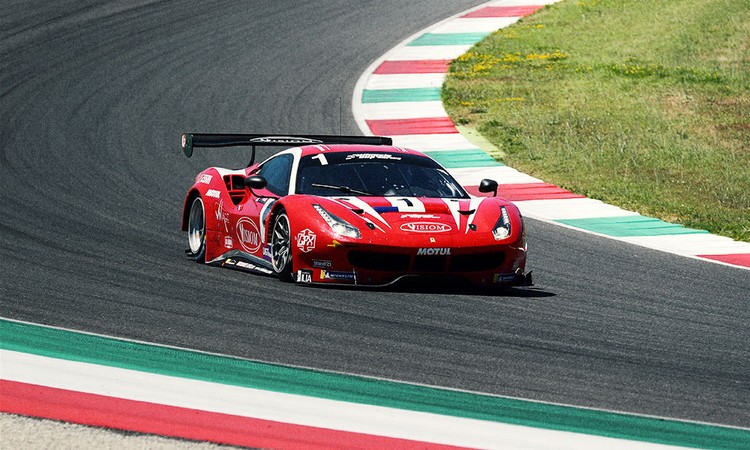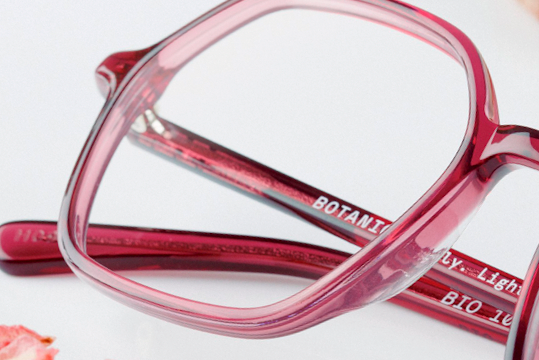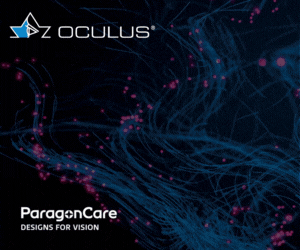Resilience, burnout and purple dragons
It’s probably not too common to read the word ‘dragon’ in the same sentence as resilience… far less a purple one! But they are inextricably linked and, if you’ll bear with me, I’ll explain how.
What is resilience?
If I had to describe resilience, for me it’s a Weeble figure. The original marketing tagline was ‘Weebles wobble but they don’t fall down’. Resilience is our capacity for getting up again each time we’re knocked down – our bounce-back-ability, if you will. It’s not one single thing, but several skills and traits that give us the strength to keep going in the face of adversity, helping us navigate an ever-changing environment. Like any skill, it can be developed.
If being resilient was easy, we would be completely unfazed by new Covid variants, inflation and other extrinsic factors beyond our control! It’s undeniable that the past two and a half years have challenged us in ways previously quite unimaginable. The uncertainty, fear, isolation, confusion, anger and loss of control, left many of us (particularly in healthcare) feeling overworked and exhausted. This is burnout, and people who have low resilience are more susceptible to it.
How do we become more resilient? The research shows that self-care, meditation, mindfulness and good sleep are key. These are often dismissed as ‘fluffy’ solutions, but they are grounded in science.
Self-care
“Self-care, I don’t have time for that…” I’m not suggesting you drop everything and head to Fiji; let’s go back to self-care 101 – breathing. Our breath is the only constant thing in our lives from the moment we’re born until the moment we die. It can change – think about what happens to your breathing when you’re stressed, angry, relaxed. When we can control our breath, we control how we respond in any emotional situation.
When we are stressed, our sympathetic (fight or flight) reflex kicks in, preparing our body for action. When this system is perpetually activated, it can lead to physiological changes. We can use our breath to switch on the parasympathetic (rest and digest) system to counter these effects. There are many breathing techniques, but one I find most useful to regain control in stressful situations is diaphragmatic breathing, with a longer exhale than the inhale. Inhale for a count of four, hold for four, exhale for six. The longer exhalation is key to switching on the parasympathetic system.
Practicing this style of breathing first thing in the morning (during the ‘alarm snooze’) redirects our thoughts from worrying about the day ahead, to becoming mindful of our breath. This mindfulness can help reverse the impact of burnout at a neurological level.
Meditation and mindfulness
Some of the benefits of stilling the mind and being present include reducing the sympathetic response in the brain’s amygdala (the region responsible for emotional behaviour and motivation), increasing activity in the hippocampus (responsible for regulating emotions and learning) and increasing connections between the amygdala and the pre-fontal cortex (responsible for planning and problem solving).
There are many ways to meditate, but the best one is the one that you do! Focusing on the breath is a form of meditation. There are many apps offering short, guided meditations. Just listening to a voice describing the process can help still the mind. If the thought of sitting still is anxiety inducing, moving meditation – such as colouring books, swimming or tai chi – is a great way to calm the mind. Just 10 minutes a day of meditation has countless psychological and physiological benefits and builds our resilience.
Mindfulness is defined as being ‘in the moment’. How often do you eat a meal then realise you haven’t tasted it because your mind was elsewhere? Try to eat slowly without distractions and notice the flavour of food or the coffee. This practice brings us back to the present moment.
Purple dragons and sleep
How many of us actually get the recommended seven to eight hours of sleep each night? Sleep is key to cognitive function, and sleep loss further stimulates the sympathetic response. What’s a purple dragon got to do with sleep? Well, don’t think of a purple dragon. You’re thinking of one right now, aren’t you? The harder you try not to think of the dragon, the more your brain throws images of purple dragons into your conscious mind! The science behind this is, the brain must process the command before it can negate it, so the command becomes ‘think of a purple dragon, don’t’.
This principle can be used to our advantage. Richard Wiseman in his book Night School: Wake Up to the Power of Sleep describes a technique to help still the monkey mind to let us sleep: keep your eyes open (counterintuitive, I know!) – you can blink, but you have to try as hard as you can to keep them open. This is exhausting and you end up closing your eyes and falling asleep. It works because the instruction to the brain is ‘don’t close your eyes’ or… ‘close your eyes, don’t ’. My monkey mind continues to chatter even though my eyes are closed, so I find a mantra of ‘don’t fall asleep’ or ‘don’t relax’ works better. As a habitual ceiling-starer in the wee hours of the morning, this has been an incredibly empowering skill to learn!
Building resilience is both a short- and long-term investment. While it may seem time consuming, 20 minutes of daily practice is only 2% of your day. The Greek philosopher Heraclitus said, “The only constant in life is change” – resilience is the key to embracing it.

Having completed her optometry degree and PhD at Glasgow Caledonian University, Dr Emma Gillies moved to Sydney in 2005 as Luxottica’s professional optometry development manager, later joining Johnson & Johnson as professional affairs manager. She now runs a consultancy specialising in human dynamics, sales and leadership coaching and is director of professional services for Visioneering Technologies Australasia.











